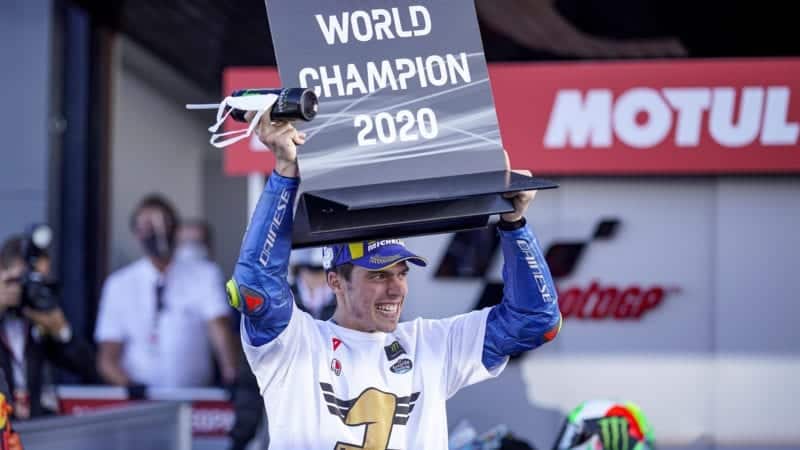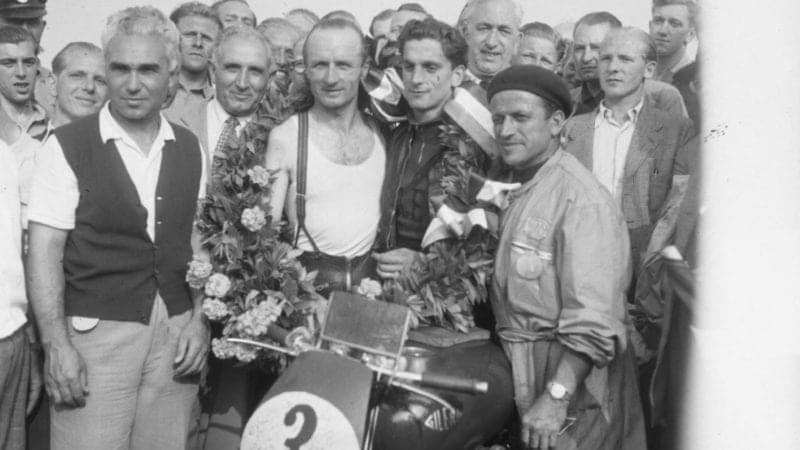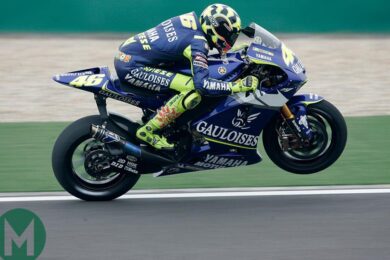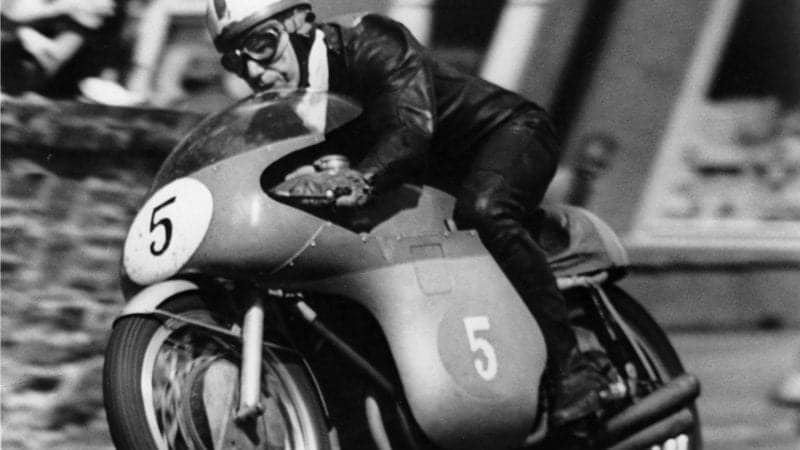The engine changed hands and also names many times. First it was called the GRB, G for Gianini, R for Remor and B for the project’s lead financier Count Giovanni Bonmartini, then the OPRA, after Bonmartini’s company Officine di Precisione Romane Automobilistiche, which was bankrolled by minor Italian royals Prince Lancelloti and Prince Rospigliosi. Later it became the CNA, after Bonmartini’s aero venture, CNA (Compagnaia Nazionale Aeronautica). Finally, in 1935 Gilera bought the project from Bonmartini.
Remor’s Gilera was the first bike to dominate the class of kings, taking six 500cc titles in the 1950s, with Masetti, Geoff Duke and Libero Liberati. Remor’s creations kept winning into the 1960s, because he left Gilera in a huff and joined MV Agusta, where he designed MV’s 500 four, which became the first GP bike to win every round of a world championship.
That was in 1959, when John Surtees became GP racing’s first 100 percenter. Surtees won all seven rounds of the championship, an impressive achievement, although it helped that rest of the grid, apart from his less talented MV team-mate Remo Venturi, rode hopelessly under-powered Norton and Matchless singles.
There’s only been one other 100 percenter since. In 1968 Giacomo Agostini won all ten rounds, on MV’s three-cylinder 500. That year Ago didn’t even have an MV team-mate to contend with, so he enjoyed a ridiculous technical advantage over the skint privateers.
Both performances were stupendous because at that time race bikes were notoriously unreliable, so riders had to nurse their machines to the finish.
On the other hand, Surtees and Ago had genius MV race boss Arturo Magni on their side, running the show and rebuilding engines, so Magni’s expertise was at the heart of MV’s reliability.
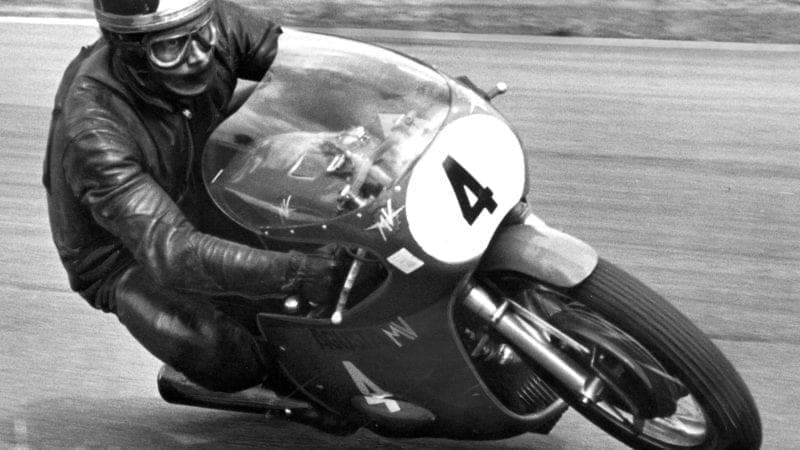
Agostini and the MV Agusta in 1969, when they won all ten 500cc grands prix
SSPL/Getty Images
And Magni was lucky to have the resources of MV’s aerospace arm behind him. When there wasn’t time between races to drive back to MV’s HQ outside Milan he was allowed to use Count Domenico Agusta’s private plane to fly engines back to the workshop, rebuild them, then fly on to the next race.
No one else has got close to a 100 per cent score, but it will come as no great surprise that the next strongest grand prix seasons after Surtees and Ago were ridden by Mick Doohan, the teak-tough Aussie who ruled the second half of the 1990s. In 1994 Doohan achieved a 90.57 per cent core and three years later he increased that to 90.67 per cent, winning 12 of the 15 races aboard his Honda NSR500. No one else in more than seven decades has managed to join Doohan in the 90 per cent bracket.

